Do not lie down on the plane, wear a seat belt when traveling with children, and always wear a seat belt to help passengers limit injuries if the plane encounters turbulence.
Singaporean aviation safety experts have outlined scenarios and made recommendations to increase the safety of passengers and crew during flights, to prevent turbulence that could cause casualties like Singapore Airlines flight SQ321 on May 21.
Is it necessary to wear a seat belt during the flight?
Absolutely necessary. Even if worn loosely, seat belts are “very effective” in preventing serious injuries when a plane encounters turbulence, says Professor Rico Merkert, an aviation expert at the University of Sydney.

Passengers must wear seat belts throughout the flight and pay special attention to seat belts for children in cribs and under 3 years old.
“It’s always helpful to listen to and follow the safety instructions from the crew. Remember that you should always wear your seat belt when you’re seated,” says Professor Merkert. He adds that most passengers on long-haul flights often forget to fasten their seat belts before going to sleep, even those in business class with flat beds.
Aviation safety consultant Michael Daniel reminds that during mealtimes, passengers should fasten their seat belts to reduce the risk of injury when sudden air turbulence occurs.
How to take care of a newborn baby?
Chow Kok Wah, a former airline executive, explained that infants under three years old cannot sit in their own seats and wear their own seat belts. Therefore, they need to be held in the arms of their parents and fastened with an infant seat belt. This belt prevents the child from being separated from their parents.

Infants should always be strapped in with an adult.
In the United States, the Federal Aviation Administration (FAA) recommends that children under 18 kilograms (40 pounds) sit in their own seats and wear seat belts properly. This recommendation is based on statistics showing that children under the age of 2, although they make up less than 1 percent of passengers, account for 35 percent of child injuries on airplanes. Although fatalities are rare, the risk of injury, especially for infants held in the lap, is “significant.” In addition to holding the child in the lap, the FAA recommends that children be buckled in for the entire flight.
A former Singapore Airlines flight attendant said situations like SQ321’s were common. This is why passengers are advised to fasten their seatbelts even when the sign may be off. But this advice is often ignored.
"We specifically explain to parents that when they put their baby in the crib, they should make sure it is in the correct position and that the straps are tight. The baby can be thrown up and hit the ceiling when it encounters turbulence," said the former flight attendant.
Often passengers will feel or act "possessive" when they see empty seats next to them. "You should not lie down on the row of seats, because then you cannot fasten your seatbelt during the flight," the former flight attendant explained.
What if you already stood up?
In this case, expert Michael Daniel advises people to stay low. "Try to stay low, hold on to the armrests of the seat, the cabin or the headrest, anything you can hold on to. But absolutely do not hold on to the food and drink carts," Daniel emphasized.
Professor Merkert advises passengers not to use the toilet when turbulence is likely, such as when flying over the ocean. "If you are using the toilet and turbulence starts, everyone should return to their seats immediately."
Chow said the safety risk here is the situation where passengers often use the toilet and wait in long lines. If possible, passengers should control the amount of liquid they drink to minimize the need to go to the toilet on the plane.
Abbas Ismail, course leader of the Aviation Management Diploma (AMS) at Temasek Polytechnic, Singapore, said cabin crew should proactively guide passengers who are queuing for the toilet back to their seats.
Ismail also added that flight attendants should also find seats as quickly as possible as the situation worsens. "If the crew cannot get to the seat as quickly as possible, find the nearest available passenger seat and fasten your seatbelt."
Extreme turbulence (CAT) forced flight SQ321 en route from London to Singapore to make an emergency landing in Bangkok on May 21, killing one passenger and injuring dozens of others.
Experts say there are many causes of turbulence, the most obvious being unstable weather patterns before a storm. But SQ321 could have encountered turbulence under normal conditions or clear-sky turbulence, which is difficult to detect.
(According to 24h)
Source



![[Photo] General Secretary To Lam works with the Party Committee of the Fatherland Front and Central organizations](https://vphoto.vietnam.vn/thumb/1200x675/vietnam/resource/IMAGE/2025/6/23/a252b388e91447ac8fabf948c00f2a21)


![[Photo] Prime Minister Pham Minh Chinh chairs conference to accelerate disbursement of public investment capital, deploy key projects and eliminate temporary and dilapidated houses](https://vphoto.vietnam.vn/thumb/1200x675/vietnam/resource/IMAGE/2025/6/23/fcb205e3ca19432eac326f55123308f4)
![[Photo] Prime Minister Pham Minh Chinh chairs national online conference on new rural construction and poverty reduction](https://vphoto.vietnam.vn/thumb/1200x675/vietnam/resource/IMAGE/2025/6/23/0d239726be21479db1ea6d8d77691a6d)
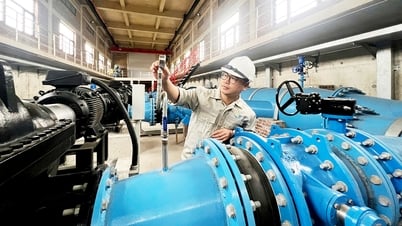

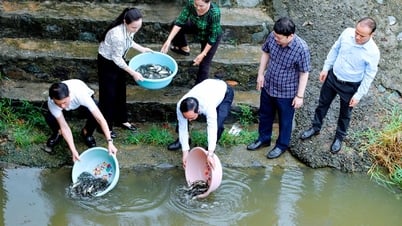


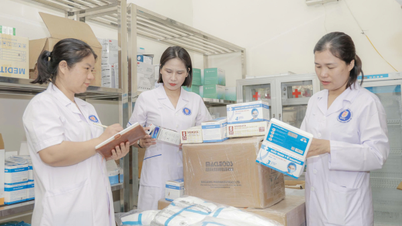







































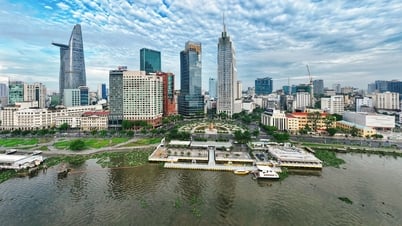







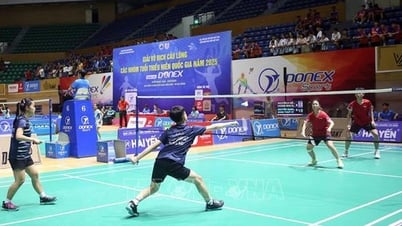






![[Infographic] Party Committee of the Ministry of Culture, Sports and Tourism: Marks of the 2020 - 2025 term](https://vphoto.vietnam.vn/thumb/402x226/vietnam/resource/IMAGE/2025/6/22/058c9f95a9a54fcab13153cddc34435e)








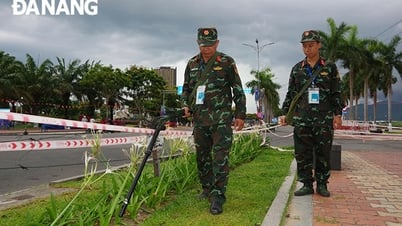















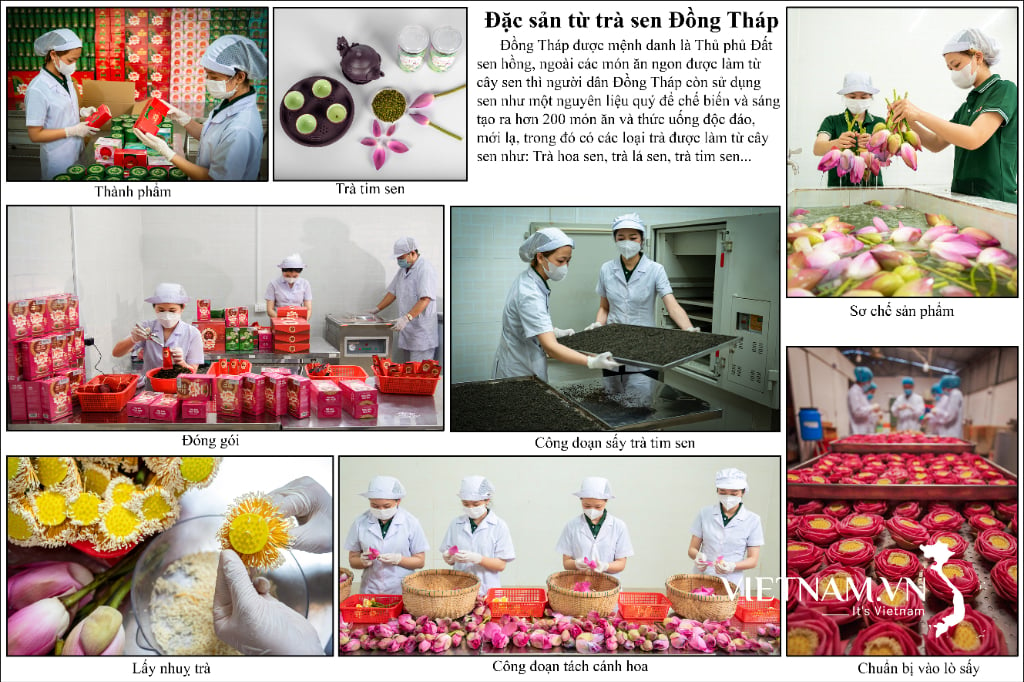
Comment (0)